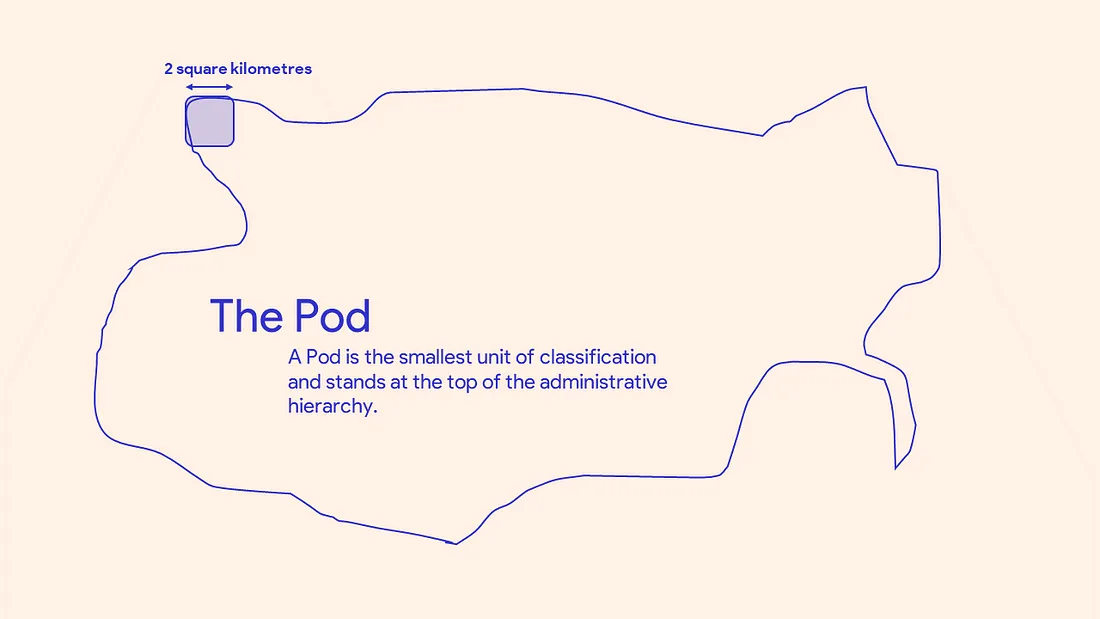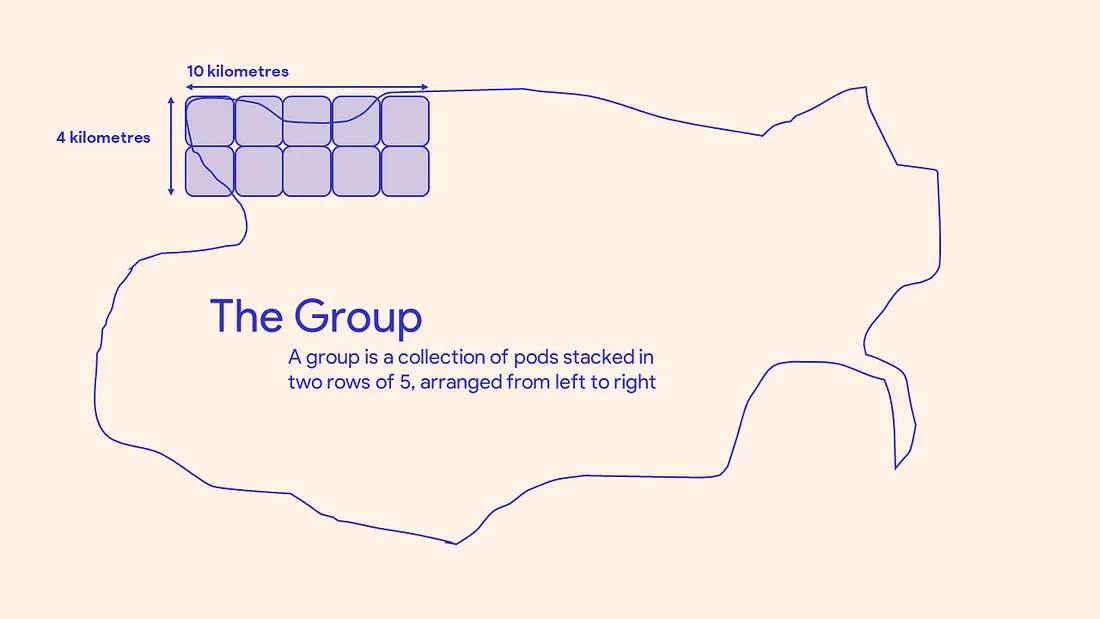
How demarcation works?
Our demarcation model is characterized by a hierarchical organizational structure, featuring distinct levels. At the pinnacle rests the pod, overseeing the layered components that constitute the world beneath: pods, containers, clusters, districts, and states. Notably, each state adopts its native language as the designated build tool for seamless development. The pod, occupying a geographical expanse of 2 square kilometers, assumes the foundational role, serving as the fundamental building block within this sophisticated business framework.





 #u-marcation-gis - Join Now
#u-marcation-gis - Join Now
